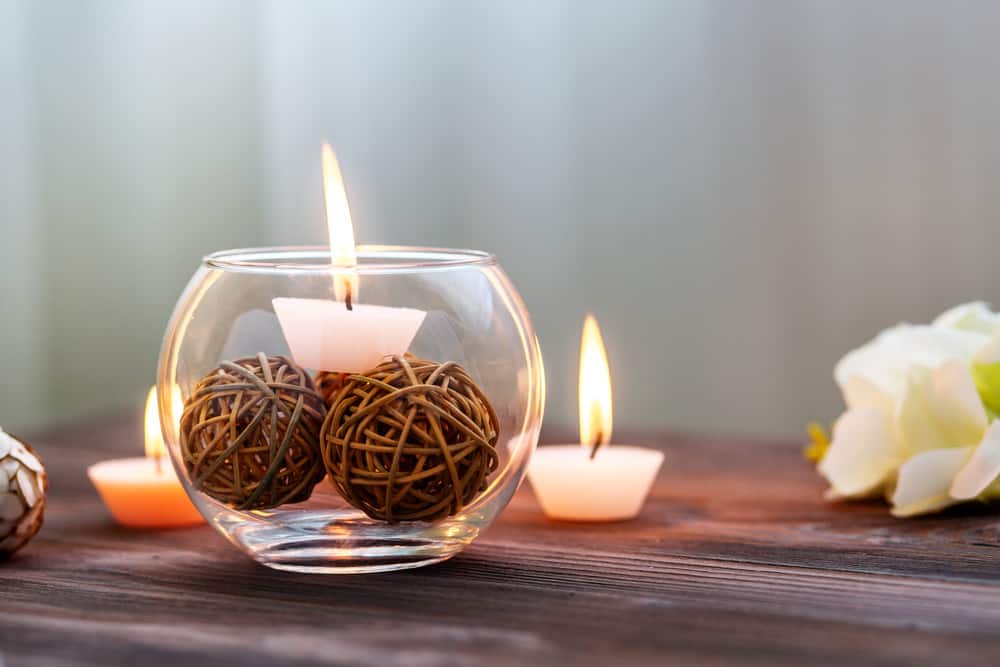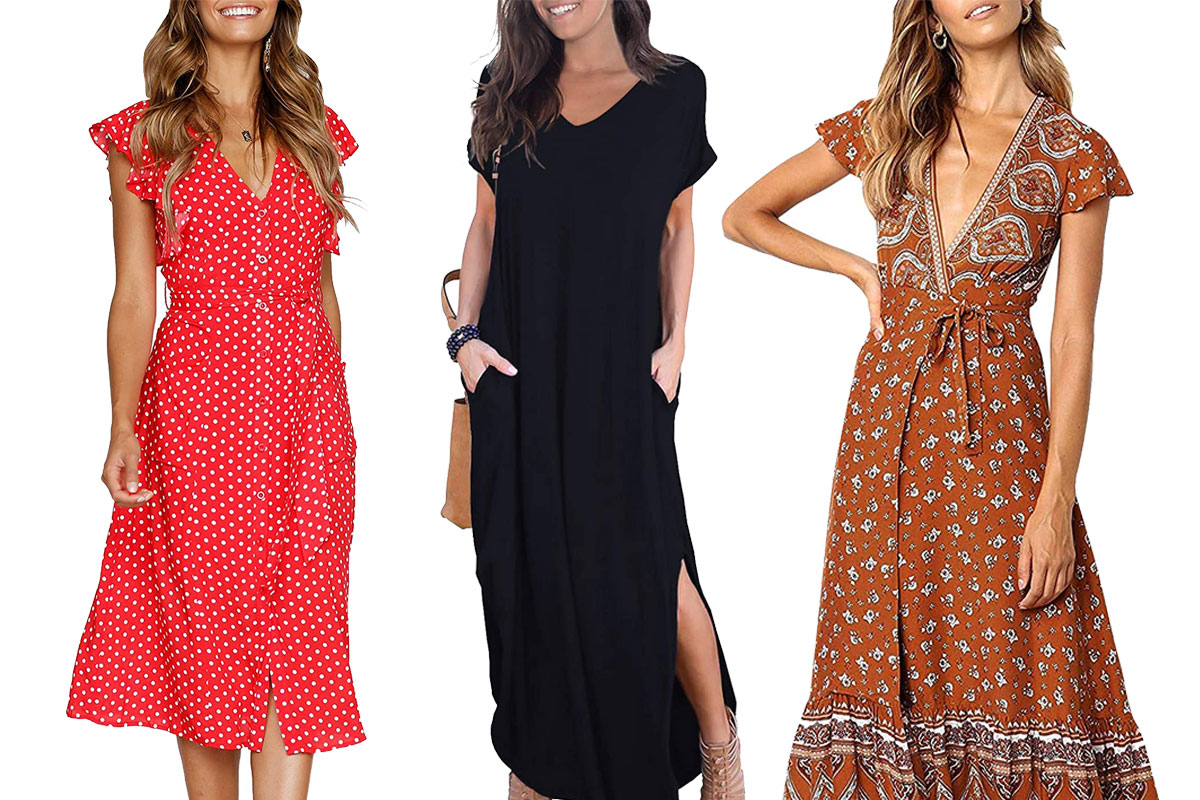Choosing The Right Candle Type

There are several important considerations when choosing the type of candle that you want to burn. Candle makers should pay attention to the type of fragrance oil they use and the amount of dye they use. If a scent is not specific to a candle type, it will have a negative effect on the quality of the burning process. Essential oils and oil-based scents are best, and fragrances containing alcohol or other ingredients may interfere with capillary action and combustion.
Tealight
Before candles are made, one must choose the type of wick and the diameter of the container. A wide 3.5″ wick will melt a small 4″ jar, while a larger 4″ jar will require multiple wicks. The more wax you use, the thicker the wick, the longer your candle will burn, and the risk of soot and smoke will be reduced. Before choosing the wax, consider how much you want to burn and how long you’d like the candle to burn.
There are many types of candles, each with different properties. Among them are their light output, fragrance, and environmental considerations. Natural beeswax is a better choice than paraffin, which is less friendly to the environment. You can also buy novelty candles for festive occasions, or choose a flameless candle to conserve electricity. Some types of candles contain tiny light bulbs or batteries instead of wax, and some can be flameless, making them the ideal choice for indoors.
Votive
Votive candles are small, cylindrical candles. They are about 2.5 inches (6cm) in height and 1.5 inches (4cm) in diameter. They burn slowly, resulting in a white or clear wax that melts when lit. They must be burned in a holder. Traditionally, votive candles were white and unscented, and were associated with religious ceremonies. They are also commonly found in temples and on statues, as votive candles are used for prayer.
Many people light votive candles during religious services or for personal devotion. In churches, votive candles are often lit on altar rails and in front of the altar cross. They are also lit during Good Friday liturgies. In one church in Sweden, a votive candle holder stands before an image of Christ. The flame from the candle symbolizes ardent love. Regardless of the religious significance of votive candles, they are a common symbol of faith and devotion.
Wood wick
One of the most important components of a successful scented candle is the wick. Wooden wicks work well, but are notoriously difficult to keep lit. Fortunately, you can easily fix them with olive oil. Wooden wicks are also uniform in size, so you can cut them down to the exact length you need. A wooden wick also produces a beautiful flame and sound without producing any smoke or odor.
Another factor to consider when choosing the right wick is how well it performs when burning a candle. A poorly-burning candle can reduce the overall value of a candle. Check product reviews to see how well these products perform. If consumers complain that they don’t burn their candles quickly enough, that could indicate that the wick is ineffective. Ideally, you should choose a wooden wick if you’re concerned about the aesthetics of your finished product.
Paraffin
The most popular wax for candles is paraffin. Paraffin wax has several advantages, including the ability to hold a large amount of fragrance and a higher cast of scent. It can also be poured into various shapes, such as tins and glass containers. Paraffin wax is also available in a variety of grades that differ in oil content and melting point. It is highly versatile and can be scented with various essential oils and fragrances.
Paraffin is a by-product of oil refinement. Blended Waxes’ manufacturing processes are certified ISO 9001-2015. The Hearts and Crafts feathering palm wax displays a hard consistency, making it suitable for pillar candles. It contains no chemical additives and burns smoothly. This wax is also recyclable. Its high melting point makes it a great choice for crafting. Choosing the right candle type for paraffin depends on what you are using the candle for.











